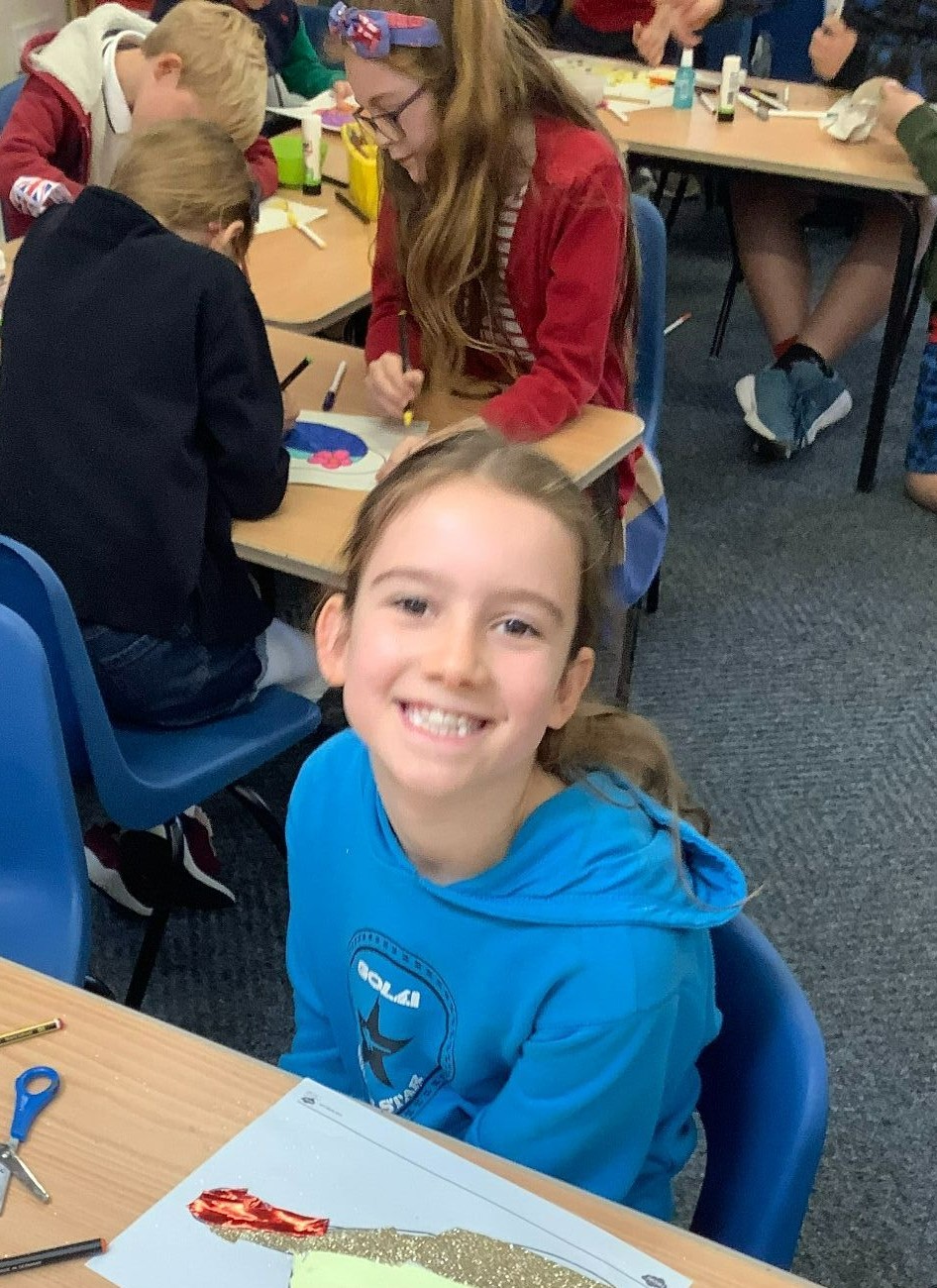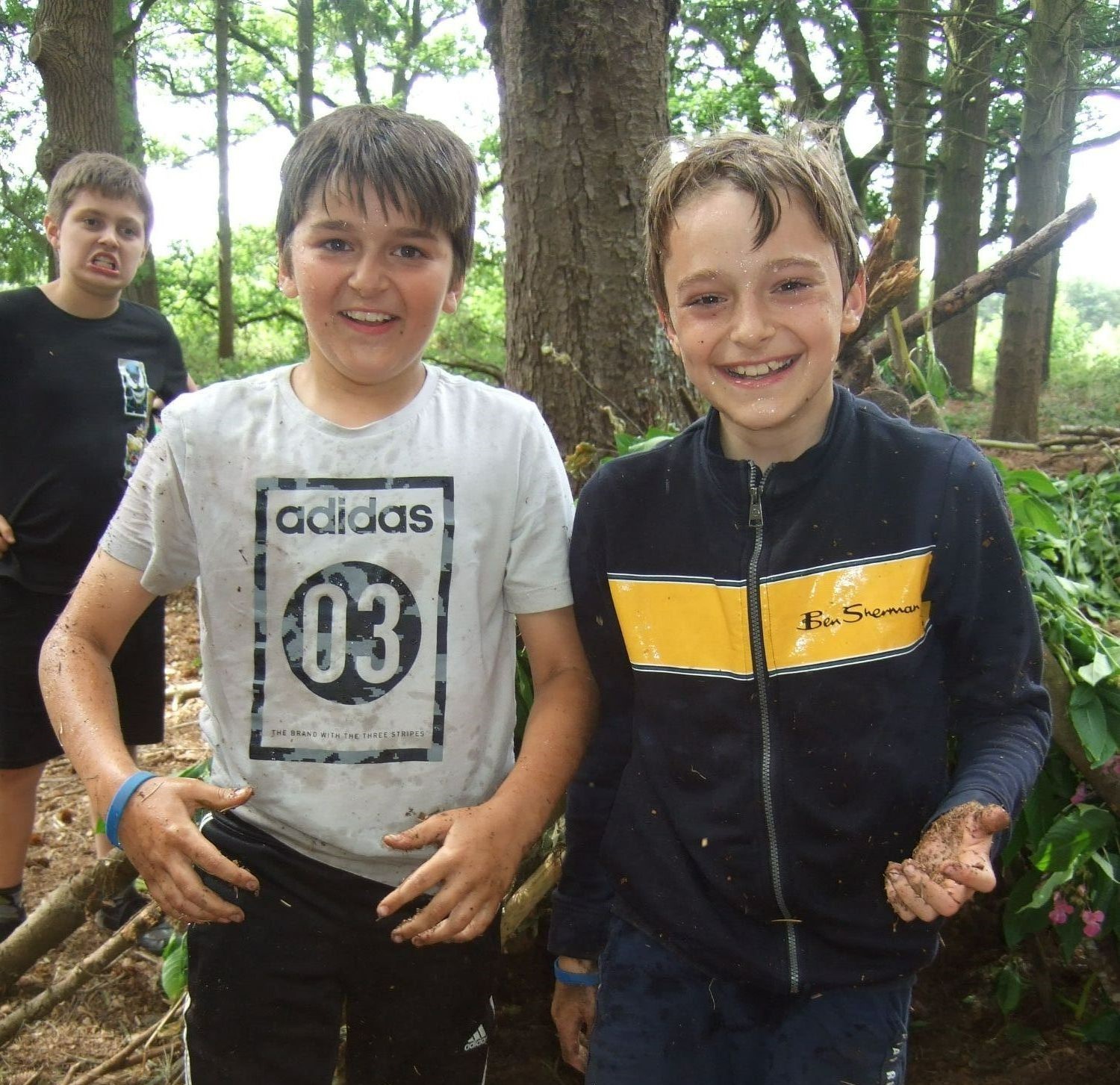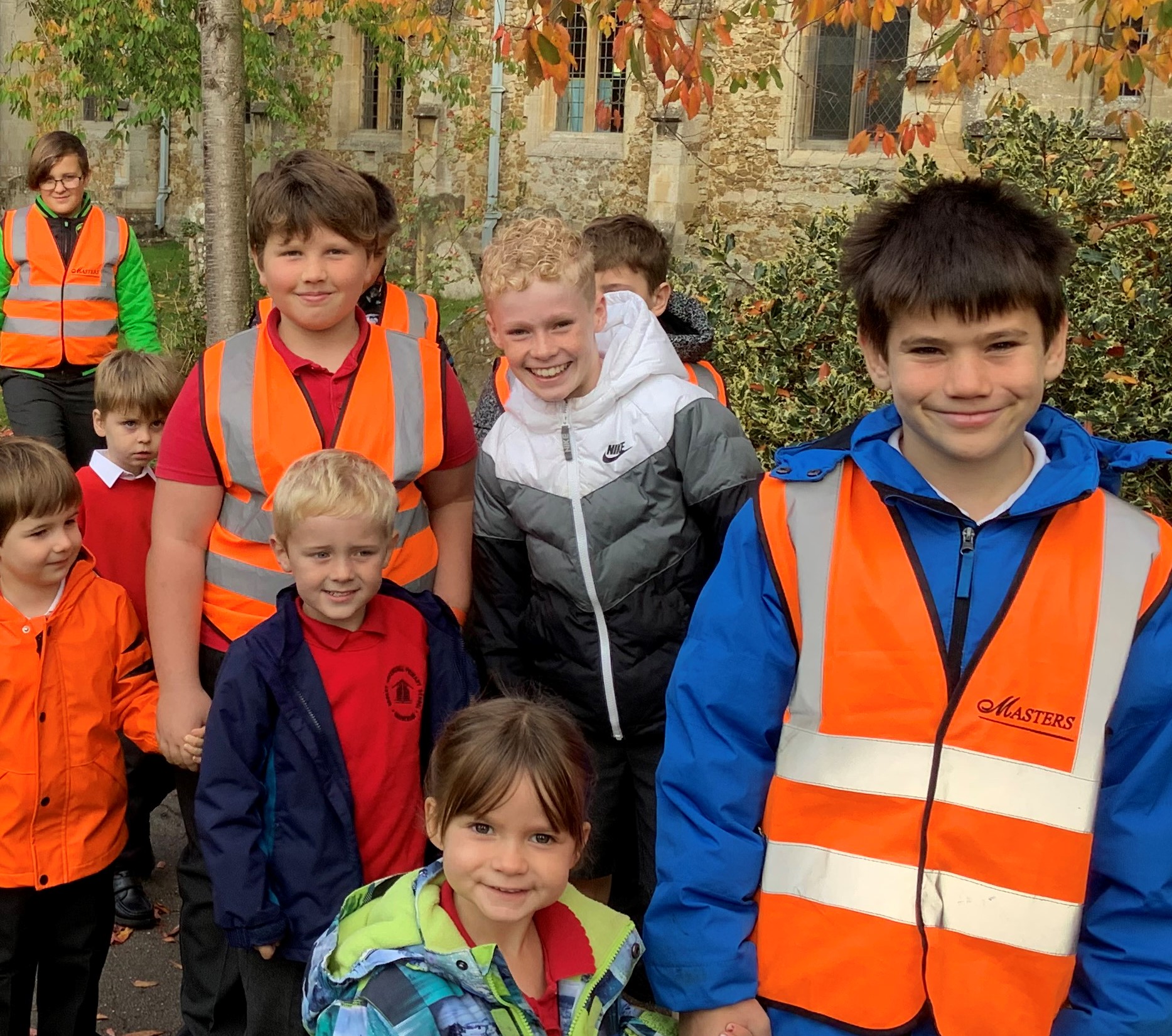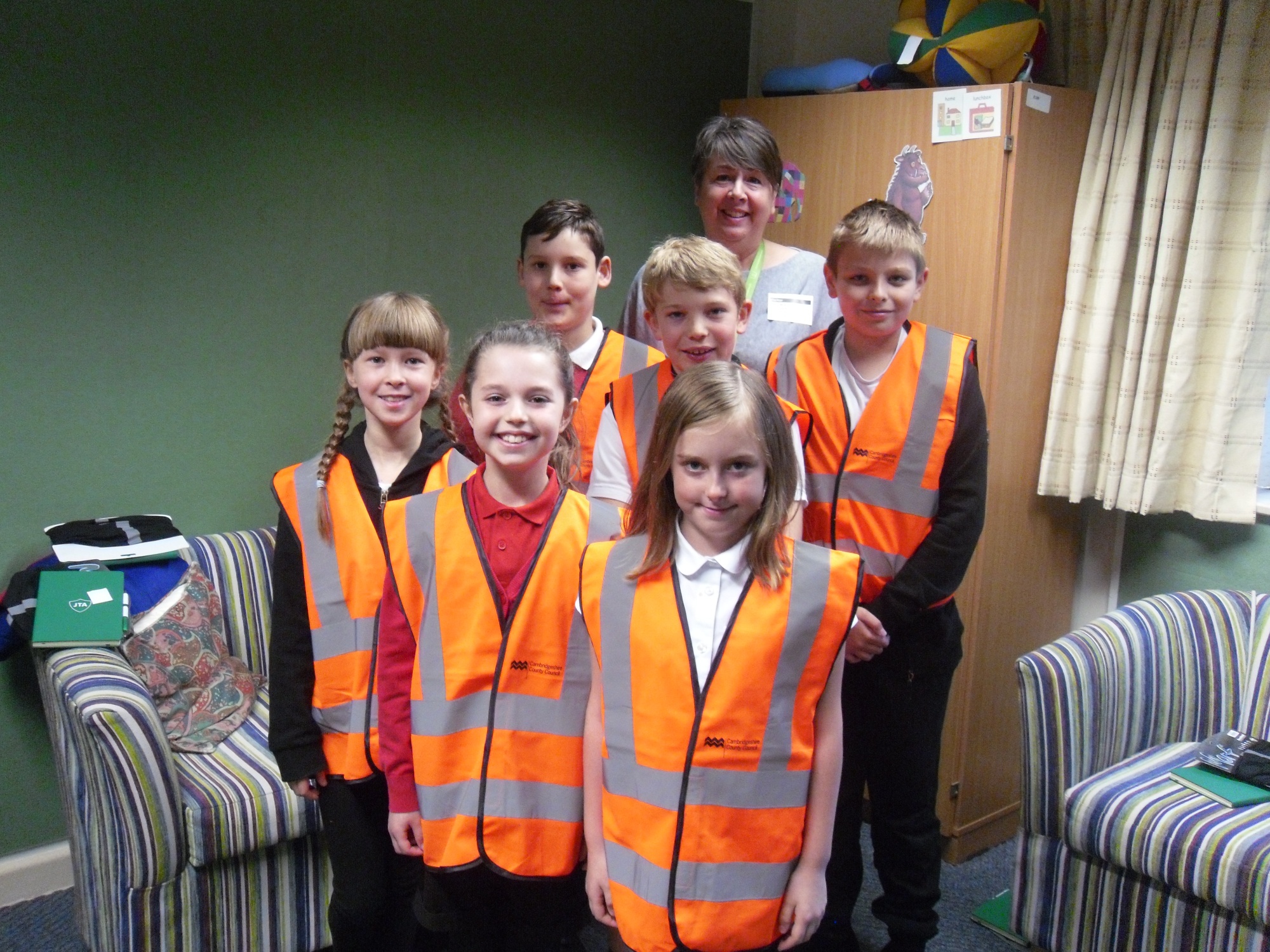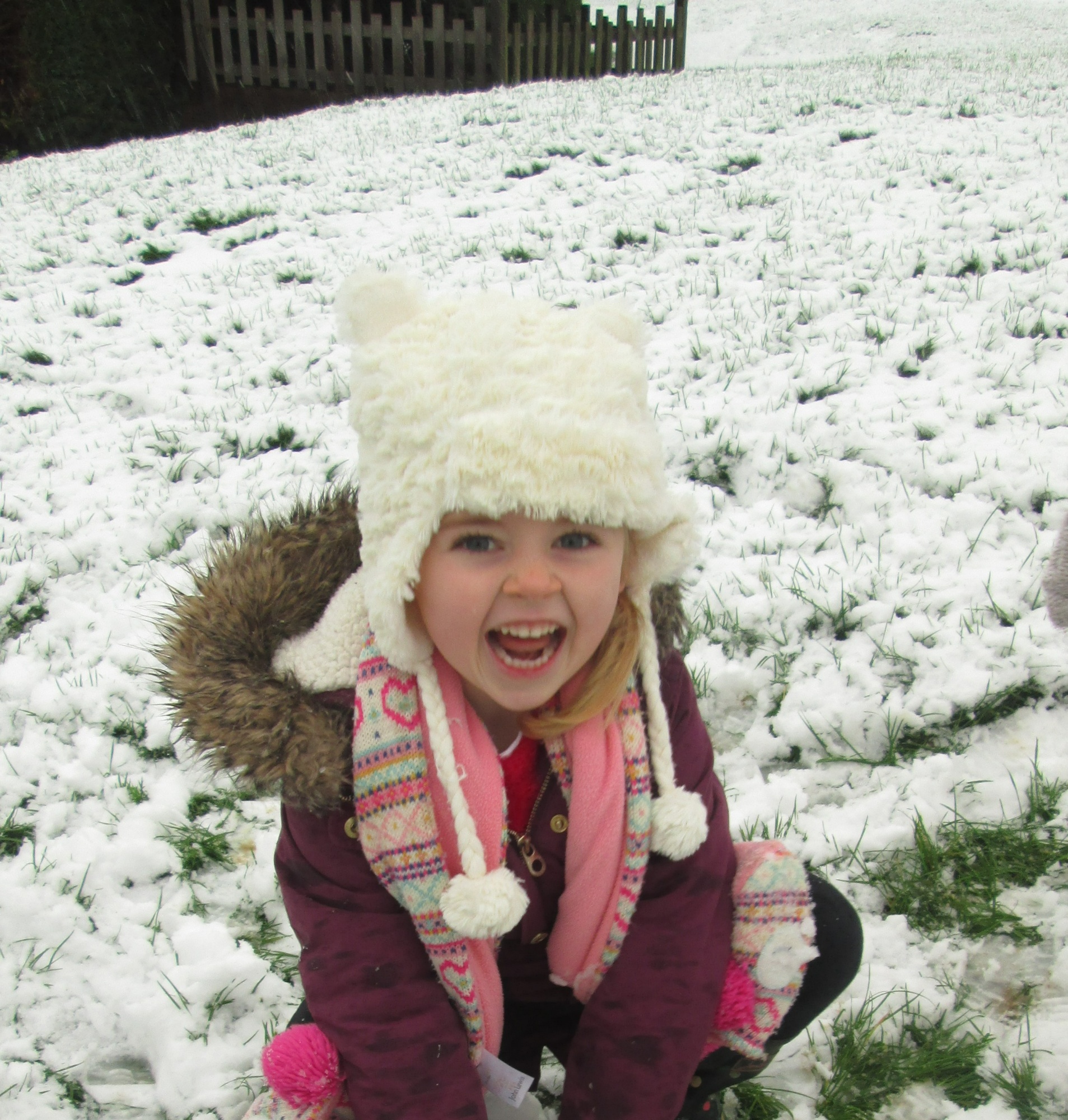Design and Technology
Intent
Our Design and Technology curriculum involves two important elements -
-
learning about the designed and made world and how things work, and
-
learning to design and make functional products for particular purposes and users.
Through our carefully planned and sequenced curriculum children acquire and apply technical knowledge and understanding of materials and components, mechanisms and electrical control systems, structures, existing products, quality and health and safety.
As part of their work with food, pupils are taught to cook and apply their knowledge of nutrition and healthy eating, building a crucial life skill. By combining their designing, making and evaluating skills with knowledge and understanding, they learn to create quality products.
Our carefully planned and sequenced Design and Technology curriculum engages children in three core activities which form a sequence within a project:
•Activities which involve investigating and evaluating existing products
•Focused tasks in which children develop particular aspects of knowledge and skills
•Designing and making activities in which children design and make 'something' for 'somebody' for 'some purpose’
This approach ensures integrity in Design and Technology.
Core concepts and key knowledge and skills for Design and Technology have been identified and mapped across the school from the Early Years to Year 6 to ensure progression between year groups and key stages. The Long Term Plan and Progression in Skills determines the teaching sequence. Children develop their D&T knowledge and skills through real world contexts.
Design and Technology also supports the development of children’s wider personal skills, for example through collaborative working and problem-solving. Our curriculum encourages children to be creative and innovative, and to actively think about important wider issues such as sustainability and enterprise.
For further detail, refer to the long-term plan.
Implementation
Every year group completes 3 projects per year. The projects were developed by the curriculum lead with support from the teaching teams and follow the clear structure outlined above. As children progress through the school the projects become more extended or collaborative, leading to greater connections being made to prior learning or celebrating collective endeavour.
Each project is taught through creating a project booklet in age relevant ways and which allows for ideas to be worked on and amended, reflecting as they develop. Lessons are usually taught as a block so that there is time for children to become invested in their learning, knowledge can be deepened and skills can be mastered more easily. One project within every year group is focused on food and nutrition ensuring that children have a growing understanding of where food comes from, its seasonality and the importance of a healthy, varied and balanced diet. Food technology will culminate in an extended cooking project with a shared experience of eating at a celebratory meal together.
Other projects focus on structures, electrical control, mechanisms and textiles. The accurate use of technical vocabulary is high profile within DT lessons.By Upper Key Stage 2 links will be made between e.g. electric circuits in science and moving vehicles.
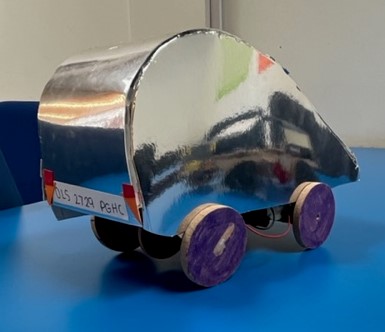
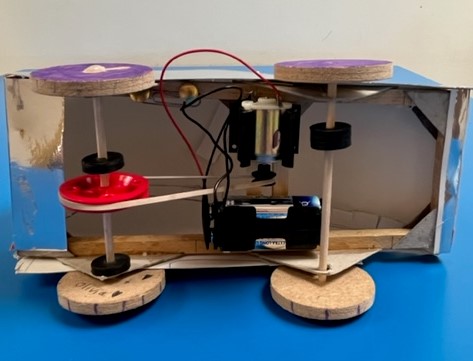
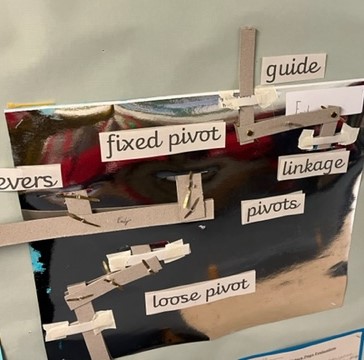
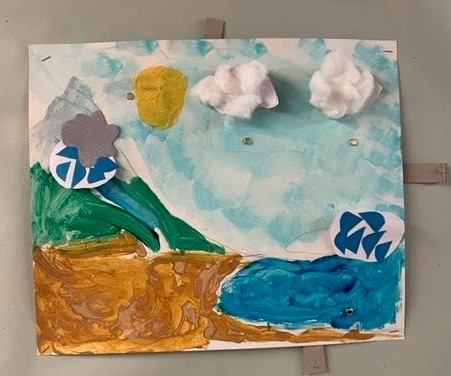
Our high quality Design and Technology education brings learning to life. It is a motivating context for discovering literacy, mathematics, science, art and PSHE, and children learn skills which help them with learning across the curriculum e.g. knowledge about the properties of materials helps in science and the practice of measuring accurately helps in maths. It also provides a firm basis for later learning in Design and Technology in its own right.
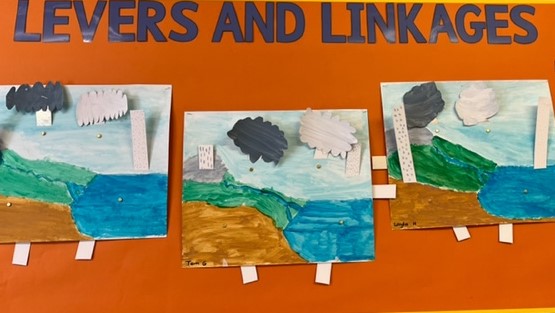
Impact
Our aim is for Design and Technology to be a favourite subject, for children to have enjoyed creating their product and to feel proud of their work. We expect this to be the case because children like making decisions for themselves and doing practical work.
Our curriculum prepares children to take part in the development of tomorrow’s rapidly changing world by developing both their D&T knowledge, skills as well as their personal skills.
Through the study of our Design and Technology curriculum our children combine practical skills with an understanding of aesthetic, social and environmental issues, as well as of functions and industrial practices, and this allows them to reflect on and evaluate present and past design and technology, its uses and its impact.
As a result of the overall curriculum design, including mapping of key concepts, knowledge, skills and end points, our pupils make outstanding progress over time across the key stages, relative to their individual starting point. Children are expected to leave our school reaching at least age-related expectations for Design and Technology.
The impact of the Design and Technology curriculum is evidenced in a range of ways, including pupil voice, lesson visits, project booklets, displayed final projects, and assessment analysis.
Exploring what shapes give strength to structures in Roman Aqueducts





